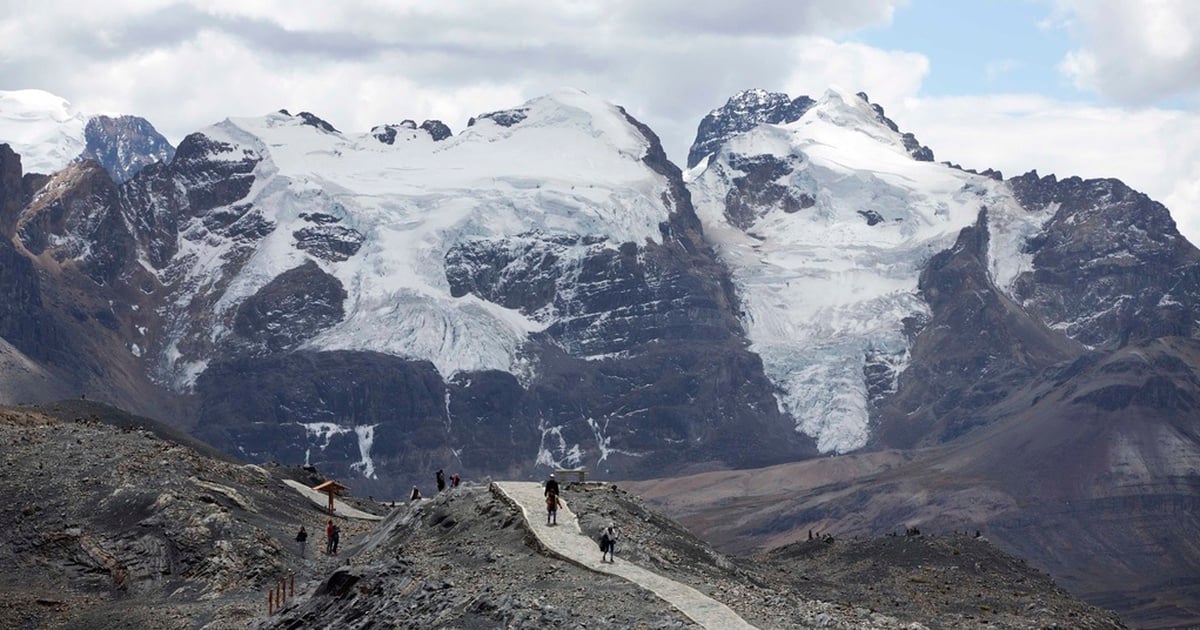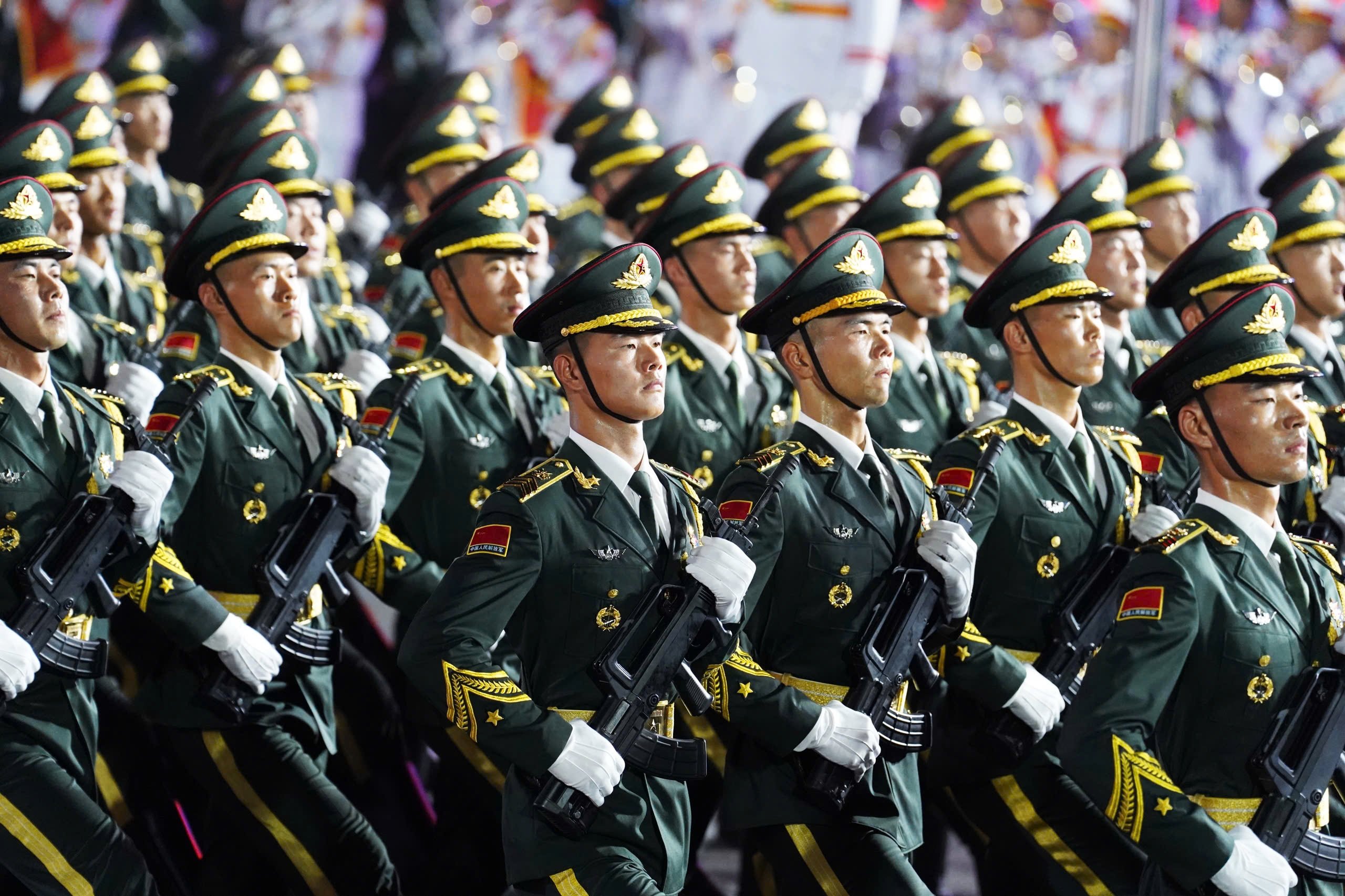Temperatures as high as 45 degrees Celsius were recorded at monitoring stations in parts of India, Bangladesh, Thailand, Laos and several other Asian countries in April and May – unusually high for the time of year.

India and many other Asian countries, including Vietnam, are suffering record heat waves this May. Photo: AP
Heat waves caused by climate change are causing deaths, widespread hospitalizations, damaging roads, causing fires and leading to school closures in the region.
The World Weather Attribution team uses established models to quickly determine whether climate change is contributing to extreme weather events.
In Thailand, high temperatures combined with humidity saw some parts of the country reach temperatures above 50 degrees Celsius. In India, parts of the country were affected, with 13 people dying from heatstroke at a public event outside the capital Mumbai.
Research shows temperatures are at least 2 degrees Celsius warmer in the region due to climate change.
If global average temperatures were as much as 2 degrees Celsius warmer than they were in the late 1800s, April heat waves could occur every one to two years in India and Bangladesh, the study found. Currently, the world is about 1.1 to 1.2 degrees Celsius warmer than pre-industrial times.
“We found that climate change is significantly increasing the frequency and intensity of heatwaves, one of the most dangerous weather events,” said Friedrike Otto, a senior climate scientist at Imperial College London and one of the study’s authors.
Heat action plans – run and funded by governments that aim to help people cope with extreme heat through awareness programmes, training for health workers and cheap cooling methods – need to be rolled out more quickly in countries affected by heatwaves, the study's authors said.
“Many people in this area do not have access to health care solutions and cooling methods such as fans and air conditioning,” said Emmanuel Raju, director of the Copenhagen Disaster Research Center at the University of Copenhagen.
According to many studies on global climate, Asia, especially South Asia, is the most vulnerable region in the world to climate change. Meanwhile, the two most populous countries in the world, India and China, are the world's leading greenhouse gas emitters.
Scientists say drastic measures to immediately reduce carbon dioxide (CO2) emissions are the only solution.
“Heat waves will become more common, temperatures will rise higher, and the number of hot days will increase and become more frequent” if we continue to emit greenhouse gases into the atmosphere, said Chaya Vaddhanaphuti, a professor at Chiang Mai University in Thailand and co-author of the study.
Mai Van (according to AP)
Source


![[Photo] Ho Chi Minh City people's affection for the parade](https://vstatic.vietnam.vn/vietnam/resource/IMAGE/2025/4/26/7fcb6bcae98e46fba1ca063dc570e7e5)
![[Photo] Prime Minister Pham Minh Chinh chairs meeting of Steering Committee for key projects and railway projects](https://vstatic.vietnam.vn/vietnam/resource/IMAGE/2025/4/26/b9534596258a40a29ebd8edcdbd666ab)

![[Photo] Young people line up to receive the special supplement commemorating the 50th anniversary of the Liberation of the South of Nhan Dan Newspaper](https://vstatic.vietnam.vn/vietnam/resource/IMAGE/2025/4/26/9e7e624ae81643eba5f3cdc232cd07a5)
![[Photo] Readers' joy when receiving the supplement commemorating the 50th anniversary of the liberation of the South and national reunification of Nhan Dan Newspaper](https://vstatic.vietnam.vn/vietnam/resource/IMAGE/2025/4/26/283e56713da94988bf608393c0165723)
![[Photo] Ho Chi Minh City residents stay up all night waiting to watch the parade rehearsal](https://vstatic.vietnam.vn/vietnam/resource/IMAGE/2025/4/27/0c555ae2078749f3825231e5b56b0a75)




























































































Comment (0)